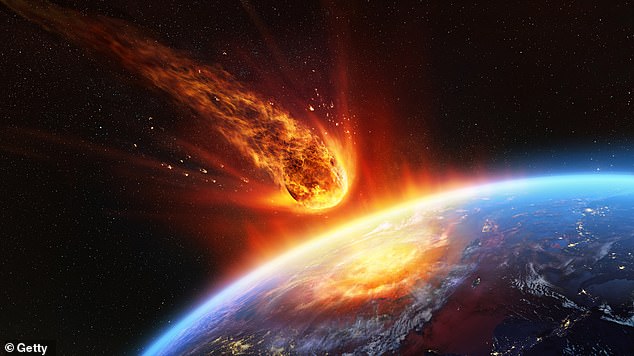
Scientists Warn Asteroid Larger Than Previously Estimated Poses Greater Threat of City-Level Destruction
Scientists Issue Urgent Update on "City-Destroying" Asteroid 2024 YR4
Asteroid 2024 YR4, initially flagged as a potential threat to Earth in 2032, is even larger than previously estimated, according to new observations from the James Webb Space Telescope (JWST). Originally thought to be 40 meters (131 feet) wide, the asteroid now measures 60 meters (200 feet)—equivalent to a 15-story building. If it struck Earth, the impact would release energy 500 times greater than the Hiroshima atomic bomb.
Key Updates:
- Impact Risk Shift: While NASA has ruled out an Earth collision, there’s a 4% chance it could hit the moon in 2032.
- JWST’s Role: The telescope’s infrared sensors provided precise measurements by analyzing the asteroid’s heat emissions, bypassing uncertainties from ground-based light observations.
- Global Response: At its size, 2024 YR4 would have triggered a United Nations-led planetary defense plan if Earth were still at risk.
[Image 1: Artist’s depiction of asteroid 2024 YR4 near Earth and the moon. Caption: The asteroid’s updated size makes it a significant lunar threat.]
Why Size Matters
Ground-based telescopes initially underestimated 2024 YR4’s dimensions because they relied on reflected light, which doesn’t account for surface reflectivity. JWST’s thermal imaging revealed its true scale, critical for assessing potential damage. Dr. Andy Rivkin, lead researcher on the project, noted the asteroid’s unusual thermal behavior, likely due to its rapid 20-minute rotation and rocky surface.
[Image 2: JWST’s infrared view of 2024 YR4. Caption: Thermal data confirmed the asteroid’s size and spin.]
Lunar Impact: A Scientific Opportunity
A moon collision, while harmless to Earth, would let scientists observe crater formation in real time—a first in history. Data from such an event could unlock secrets about lunar geology and improve asteroid defense strategies.
[Image 3: Simulation of an asteroid striking the moon. Caption: A lunar impact would offer unprecedented research insights.]
Planetary Defense Preparedness
The close call underscores the need for advanced detection systems. NASA’s recent DART mission successfully altered an asteroid’s trajectory, proving deflection is possible with early intervention. Dr. Rivkin emphasized that JWST’s findings will refine protocols for future threats.
[Image 4: Graphic of asteroid orbits. Caption: 2024 YR4’s path shows a slim lunar impact risk.]
The Big Picture
Though 2024 YR4 no longer endangers Earth, its study highlights gaps in asteroid tracking. As detection programs improve, more near-Earth objects will likely be identified, making missions like JWST’s critical for planetary safety.
Quick Facts: Asteroid Defense
- Kinetic Impactors: NASA’s DART mission proved spacecraft can nudge asteroids off course.
- Early Detection: Finding threats years in advance is key to mounting a defense.
- Global Collaboration: The UN coordinates international response plans for potential impacts.
[Image 5: Artistic rendering of a spacecraft deflecting an asteroid. Caption: Missions like DART are vital for future planetary defense.]
While 2024 YR4’s Earth threat has passed, its journey offers lessons for safeguarding humanity—and a front-row seat to science if it strikes the moon.


